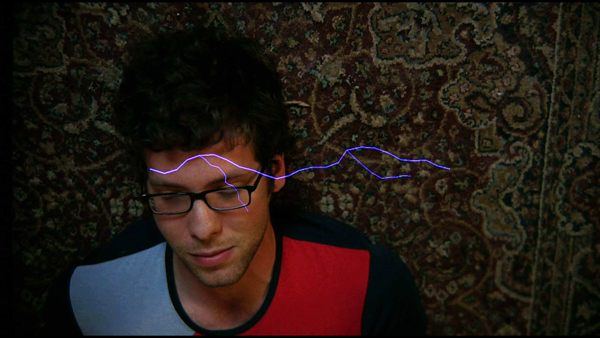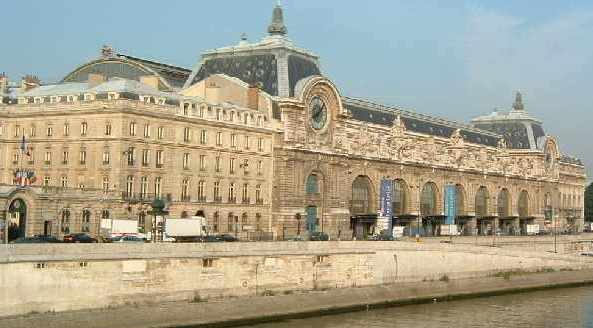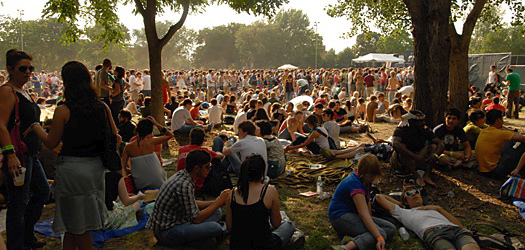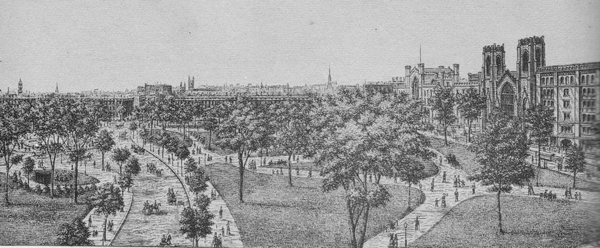
Washington Square Park in the 1880s, via Ephemeral NY
Beginning as a marshy valley which the Minetta Creek ran through on its way to the Hudson River, the area now know as Washington Square Park was home to the Native American village of Sapokanikan. In the mid-1600s, the Dutch invaded the land, running out the Native Americans, and turning it onto farms. Through 1797, the land remained in the hands of farmers until the city purchased it for a potter’s field, or burial ground for those without a family, convicts, or those driven out of the church, but in the early 1800s, the city had a rampant epidemic of yellow fear and many of its victims were also buried in the field. It is legend as well that in this field, at the Hangman’s Elm, public hangings were held.
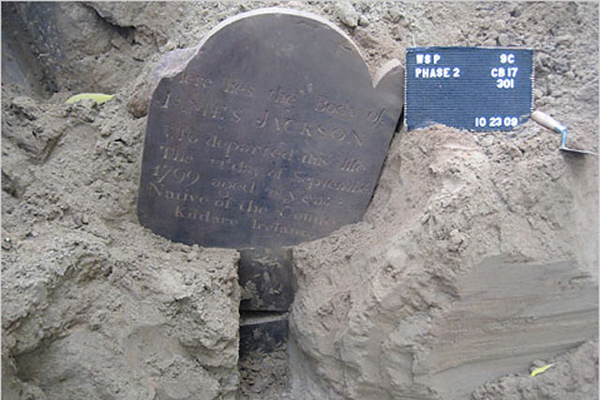
James Jackson, courtesy of the NYC Parks Dept
In 1825, the cemetery closed for good but to this day, over 20,000 bodies call Washington Square park their final resting place and it is common for gardeners in the park to unearth bones from old New Yorkers who have worked their way to the surface. In January of 2008, excavations of the park led city workers to uncover four full skeletons and nearly 80 human remains and a century ago, New Yorkers would tell tales of a strange blue mist that hovered over the park during hot summer days, calling it the “vapors” from the bodies (Emily Kies Folpe’s book It Happened on Washington Square).
 MUSEYON BOOKS Smart City Guides for Travel, History, Art and Film Lovers
MUSEYON BOOKS Smart City Guides for Travel, History, Art and Film Lovers
